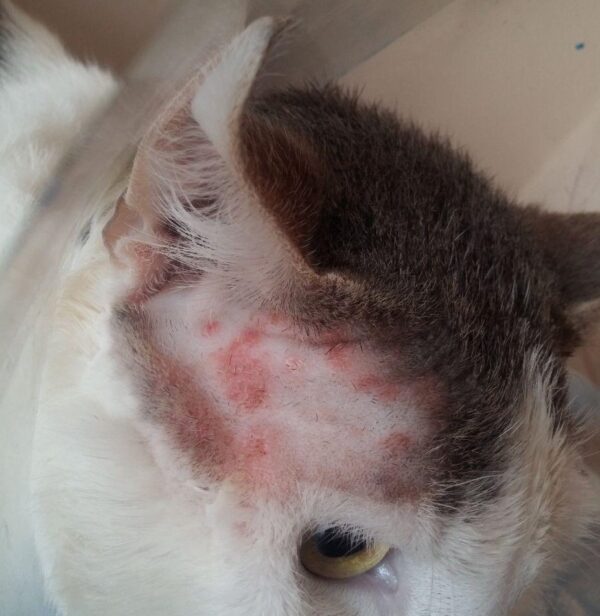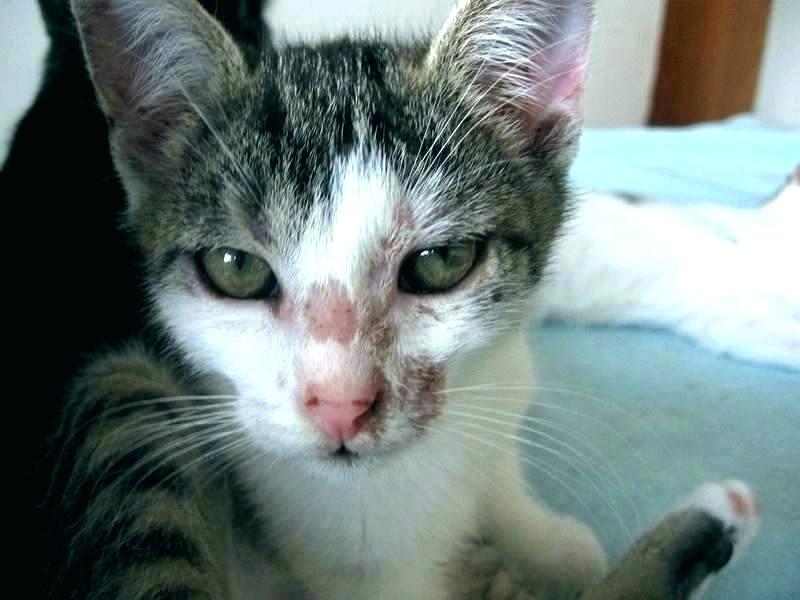Ringworm
Ward
Our Ringworm Ward is designed to treat adult cats and kittens that have ringworm, as they would have likely been euthanized in other shelter settings.

Although the name suggests otherwise, ringworm isn’t caused by a worm at all-but a fungus that can infect the skin, hair and nails. Not uncommon in cats, this highly contagious disease can lead to patchy, circular areas of hair loss with central red rings. Also known as dermatophytosis, ringworm often spreads to other pets in the household-and to humans, too.

What is it?
Ringworm (dermatophytosis) is a fungal infection that can affect the hair, skin or nails of cats, dogs and humans. It is the most common contagious skin infection in cats. In humans, the infection often causes classic ring-like lesions, but these are seen less commonly in cats and dogs. In most patients, ringworm is self-limiting; that is, it will self cure over time. However, because this infection can be transmitted from cats and dogs to other animals and also to people, every pet owner should be aware of the symptoms, transmission and treatment of ringworm.
Prevention
If you have cats in your home, be very careful about bringing a new kitten into your household. Cat shows, kennels, and grooming facilities can also be a source of infection and caution should be used when exposing your cat to these places. If any sign of ringworm is seen, make sure you isolate the infected cat and seek prompt veterinary attention.


Signs and Symptoms
Cats with ringworm may have skin lesions which can appear different depending on where they occur and how long they have been present. The classic symptom is a small round lesion that is devoid of hair. The lesion will often have scaly skin in the center. The lesion may start as a small spot and continue to grow in size. The lesion may or may not be irritated and itchy. Lesions are most common on the head, ears, and tail. Occasionally, the infection will occur over the entire body and create a generalized scaly or greasy skin condition. Hair loss may be mild or severe. In some cases the first sign may be excessive shedding, and hairballs may occur when large parts of the body are affected. Scratching at the ears is also common.
Treatment
In healthy short-haired kittens and cats with small isolated lesions, the lesions are often treated with a topical cream containing an antifungal. Kittens and cats with severe generalized lesions are given an oral antifungal medication everyday and also dipped twice a week. Treatment is generally continued until there have been two negative cultures a week apart. In addition, it is important to treat any underlying conditions, provide good nutrition, and prevent the spread to other animals and humans.


